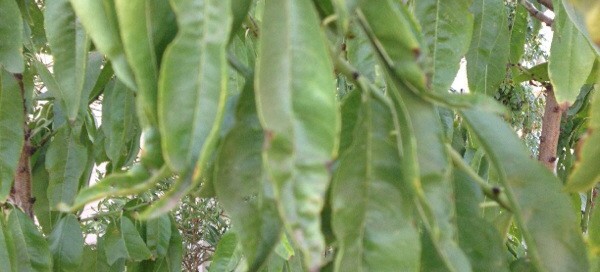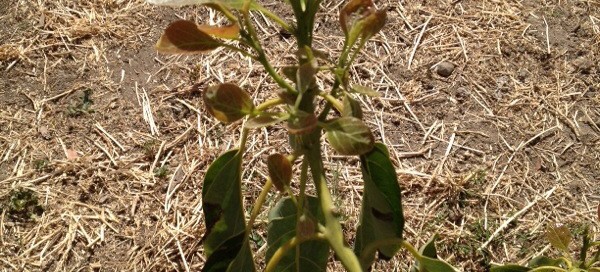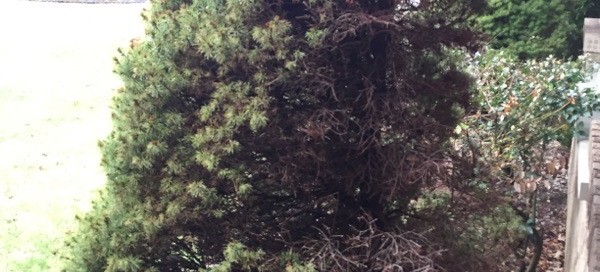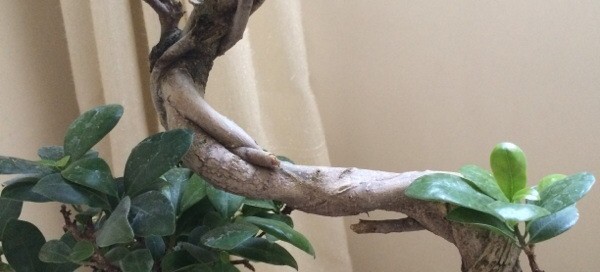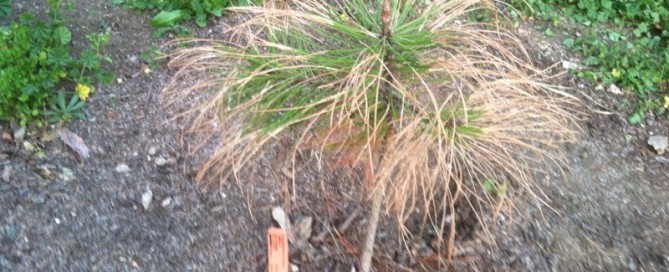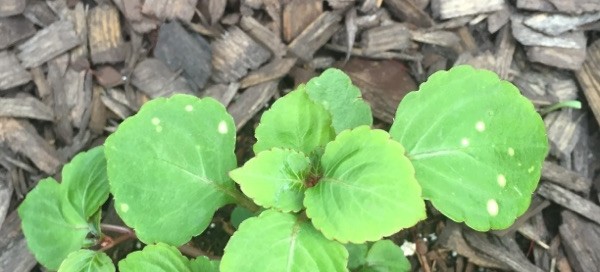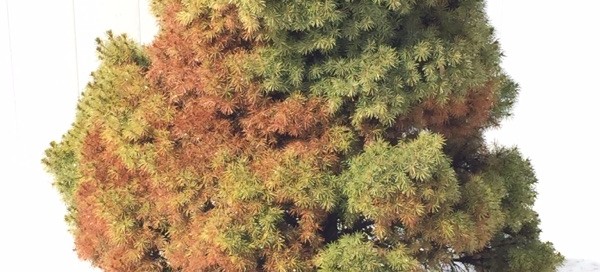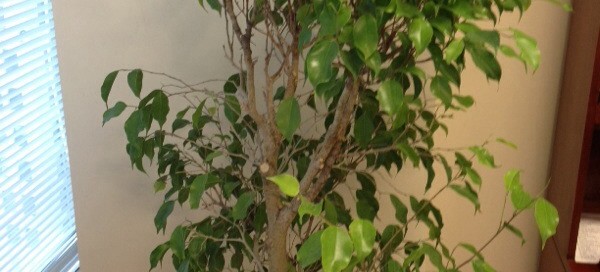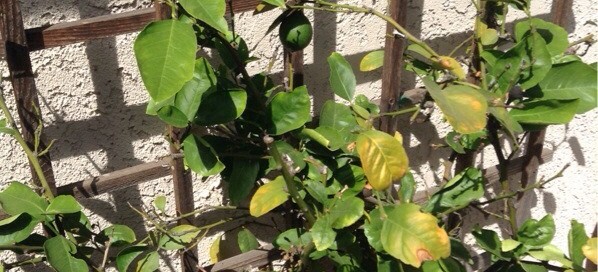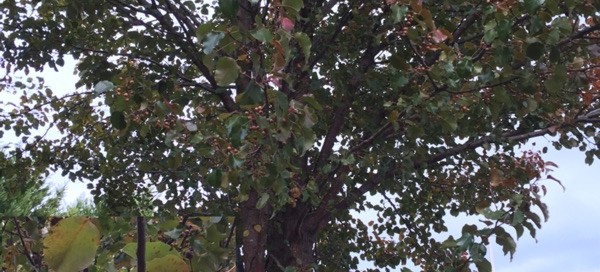Overwatering Or Underwatering
It is hard to tell in the photo what kind of tree that it is. Overwatering and underwatering exhibit the same symptoms. Whatever is going on, the wilting leaves are not receiving the water they need. If it's underwatering, you need to give it more water. If it's overwatering, there could also be some sort of fungal infection going on. That will clog up the water vessels and prevent them from conducting the water that the tree needs. Get under the tree and dig down about 6 inches if you can. You should be able to judge then what your water situation is. Another possibility is that you have very heavy (clay-like) soil and the water is not percolating down through the soil and the tree is sitting in a bathtub like environment and the plant cannot breathe; it is drowning.
